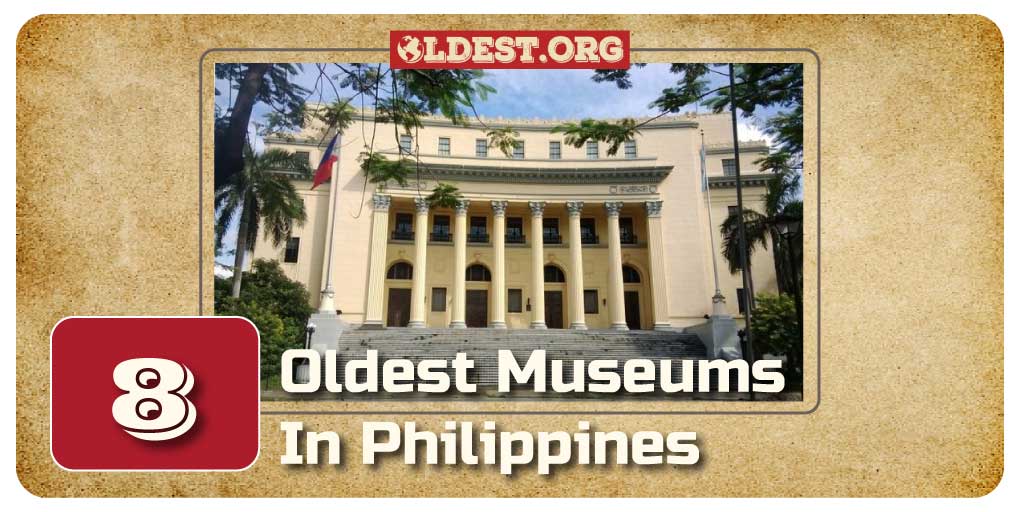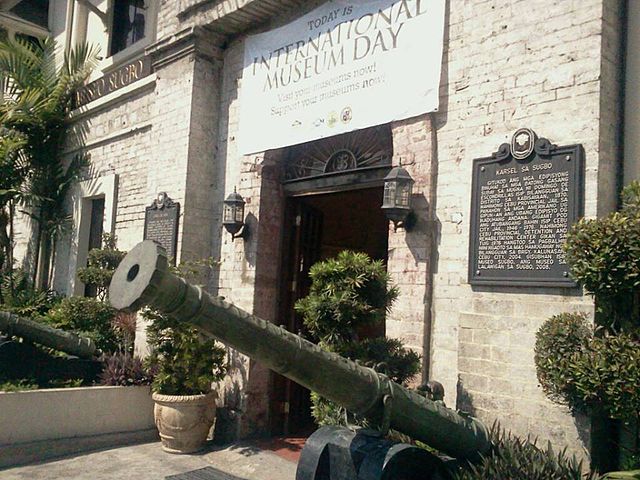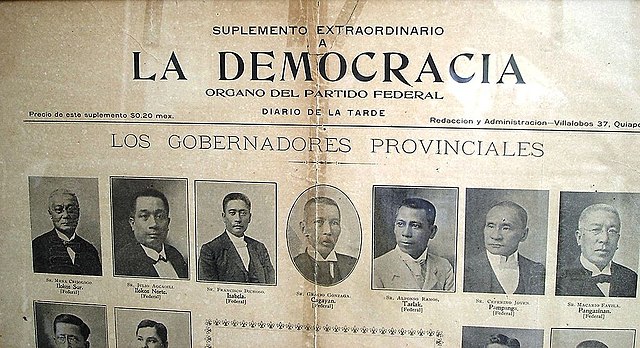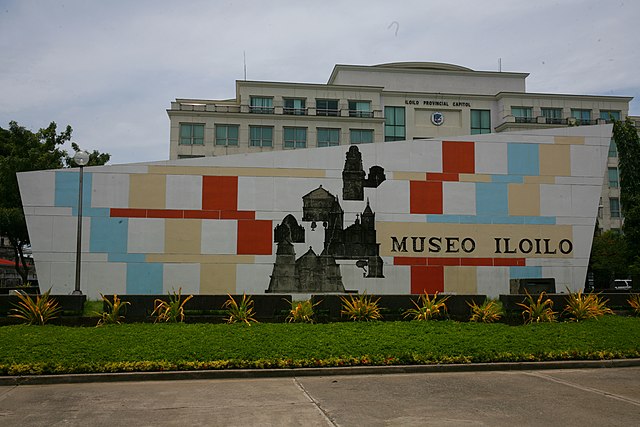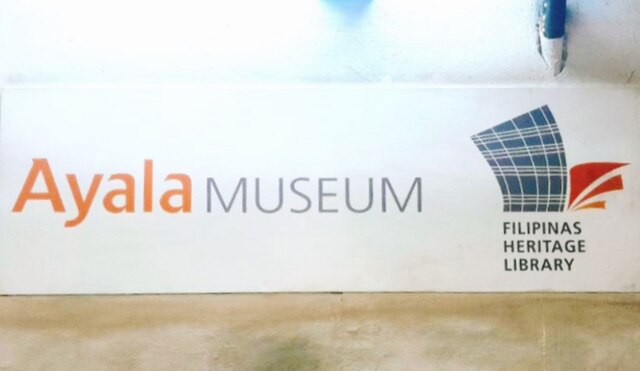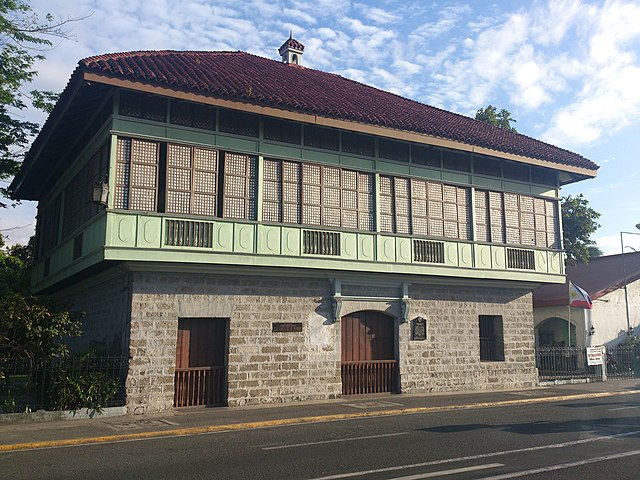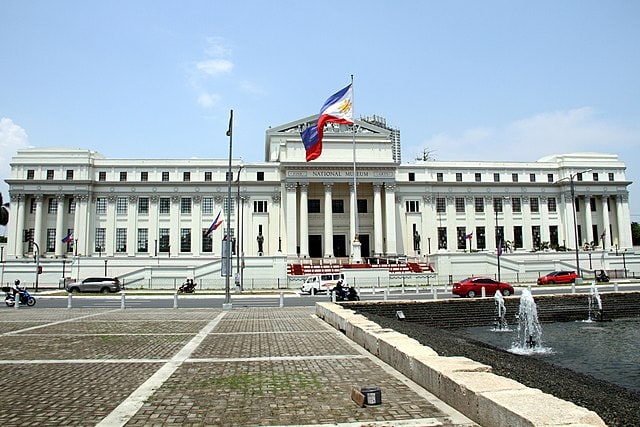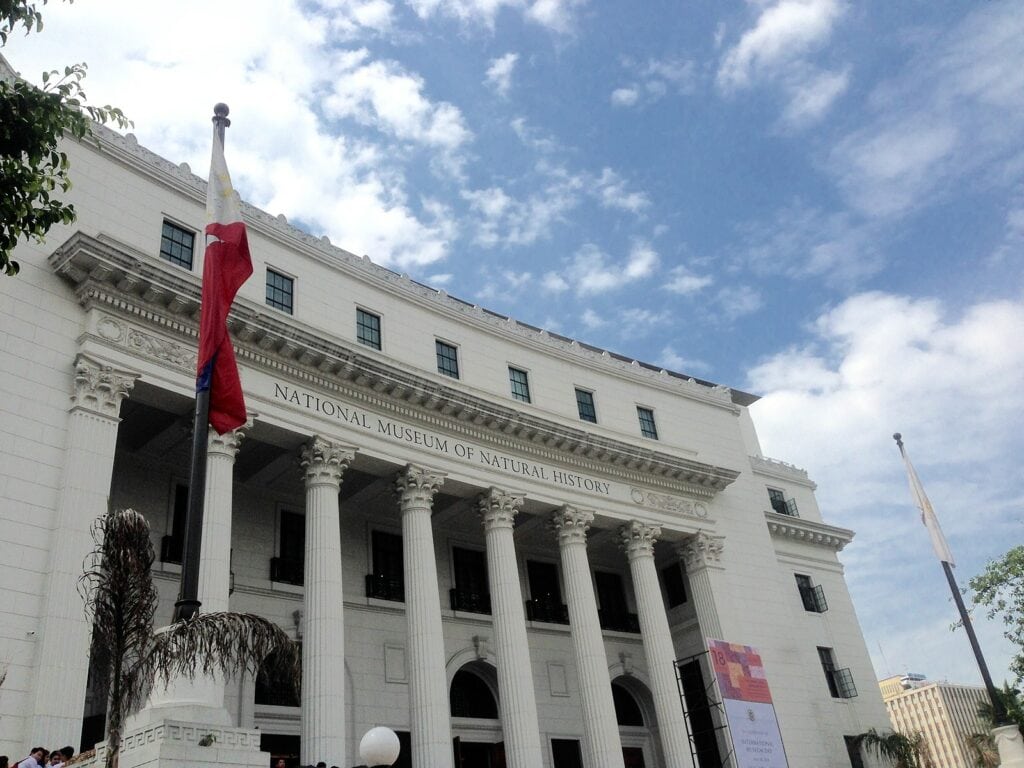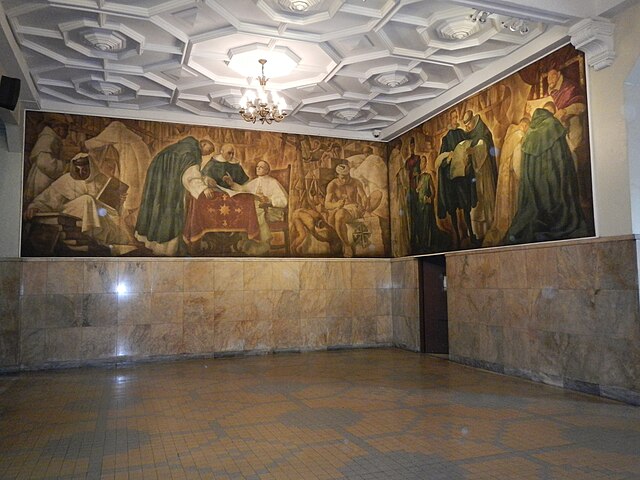At the heart of the Philippines’ vibrant blend of culture and history, you’ll discover its most ancient museums, acting as precious time capsules that safeguard the nation’s story. These institutions are more than just repositories of artifacts; they serve as gateways into bygone centuries, resonating with tales of conquests, revolutions, and artistic achievements.
From the tranquil passageways of the Ayala Museum, where pre-colonial treasures murmur hidden narratives, to the National Museum of Fine Arts, home to enduring masterpieces, these museums stand as bridges spanning different epochs.
Embark on a journey through the Philippines’ oldest museums, where each exhibit unfolds a new chapter in the captivating narrative of this archipelago.
8. Museo Sugbo
Year Established: 2008
Status: Still active
Imagine a museum that was once a jail. Well, that’s exactly what Museo Sugbo is – a distinctive place that narrates the history and growth of Cebu. Since 2008, it has been a spot where you can literally feel the past, wander down hallways that used to confine prisoners and immerse yourself in the tale of Cebu’s evolution.
Did You Know?
This museum isn’t just a collection of artifacts; it’s like a doorway that transports you through the various stages of Cebu’s changes over time.
7. Negros Museum
Year Established: 1996
Status: Still active
Envision a spot that pays tribute to the very essence of a province. That’s what the Negros Museum embodies – a vault of treasures holding artifacts, art pieces, and memories. Unveiled in 1996, it’s like a canvas that paints the vibrant history of Negros Occidental, its sugarcane industry, and the rich cultural fabric that envelops it.
Did You Know?
This museum doesn’t just dwell on the past; it actively engages with the present and the future, fostering community involvement through workshops and exhibitions.
6. Museo Iloilo
Year Established: 1970
Status: Still active
Imagine stepping into a museum that’s like a time portal to a forgotten era. That’s the essence of Museo Iloilo. Since 1970, it has been a storyteller of Western Visayas’ past, conveying narratives through artifacts, documents, and artworks. As you stroll through its corridors, you can practically sense the heartbeat of Iloilo’s history.
Did You Know?
Among its captivating displays, there’s one that commemorates the daring migration of the ten Bornean datus to Panay Island – a tale deeply woven into the origins of the Philippines.
5. Ayala Museum
Year Established: 1967
Status: Still active
For those who believe that art forms a nation’s very soul, the Ayala Museum is a true haven. Since 1967, it has stood as a sanctuary for art aficionados, showcasing a collection that pays homage to the Philippines’ boundless creative essence. From dioramas that transport you through history to a treasure trove of golden artifacts, this museum is a voyage of endless exploration.
Did You Know?
The Ayala Museum’s collection of gold artifacts isn’t just about glittering metal; it offers a glimpse into the intricate craftsmanship of our forebears.
4. Rizal Shrine Museum
Year Established: 1950
Status: Still active
Step into the heart of Manila, and there you’ll find Fort Santiago, a place that cradles the Rizal Shrine Museum – a space that resonates with the echoes of a national hero. Since its inception in 1950, this museum has stood as a tribute to the unwavering legacy of Dr. Jose Rizal. It’s almost like time freezes within its walls, where you can tread through hallways adorned with his personal possessions, manuscripts, and artistic creations.
Did You Know?
A remarkable journey awaits you at this museum. It offers a distinctive way to transport you back in history, allowing you to immerse yourself in the final moments of Rizal’s life through lifelike dioramas.
3. National Museum of the Philippines
Year Established: 1901
Status: Still active
If museums could spin stories, the National Museum of the Philippines would be a captivating storyteller, narrating tales that span over a century. Picture yourself strolling through its majestic corridors, beholding artworks that have silently observed the passage of generations. This museum is like an oasis of art, culture, and history, where every corner holds something unique.
Did You Know?
Among its treasures is the entrancing Spoliarium by Juan Luna, a masterpiece that encapsulates the essence of a bygone era within its brushstrokes.
2. National Museum of Natural History
Year Established: 1901 (as part of the National Museum of the Philippines)
Status: Still active
The National Museum of Natural History isn’t merely a destination; it’s an expedition waiting to unfold. Envision it as a realm of enchantment where you can embark on a voyage through the enchanting realms of the Philippines’ diverse flora and fauna. From ancient fossils to the iconic Tree of Life, this haven is a symphony of Mother Nature’s most remarkable creations.
Did You Know?
The museum’s edifice once served as the home of the Philippine Senate, and its architecture carries hidden stories that resonate with the nation’s political narrative.
1. University of Santo Tomas Museum of Arts and Sciences
Year Established: 1871
Status: Still active
Imagine stepping into a museum that predates many of the structures around it. The University of Santo Tomas Museum of Arts and Sciences is precisely that time capsule. Established in 1871, it’s a fragment of history nestled within the University of Santo Tomas. With a collection encompassing art, artifacts, and natural history, it stands as a living testament to the transformative power of education and culture.
Did You Know?
This museum plays the role of a custodian of the past, a place where the dedication of the Dominican Order to enlightenment comes alive.
Conclusion
Amidst a world perpetually surging ahead, these venerable museums emerge as cherished time capsules, inviting us to halt and contemplate. Think of them as enchanting gateways that whisk us away to bygone eras, allowing us the privilege to reach back, glean insights, and carry their essence into tomorrow.


